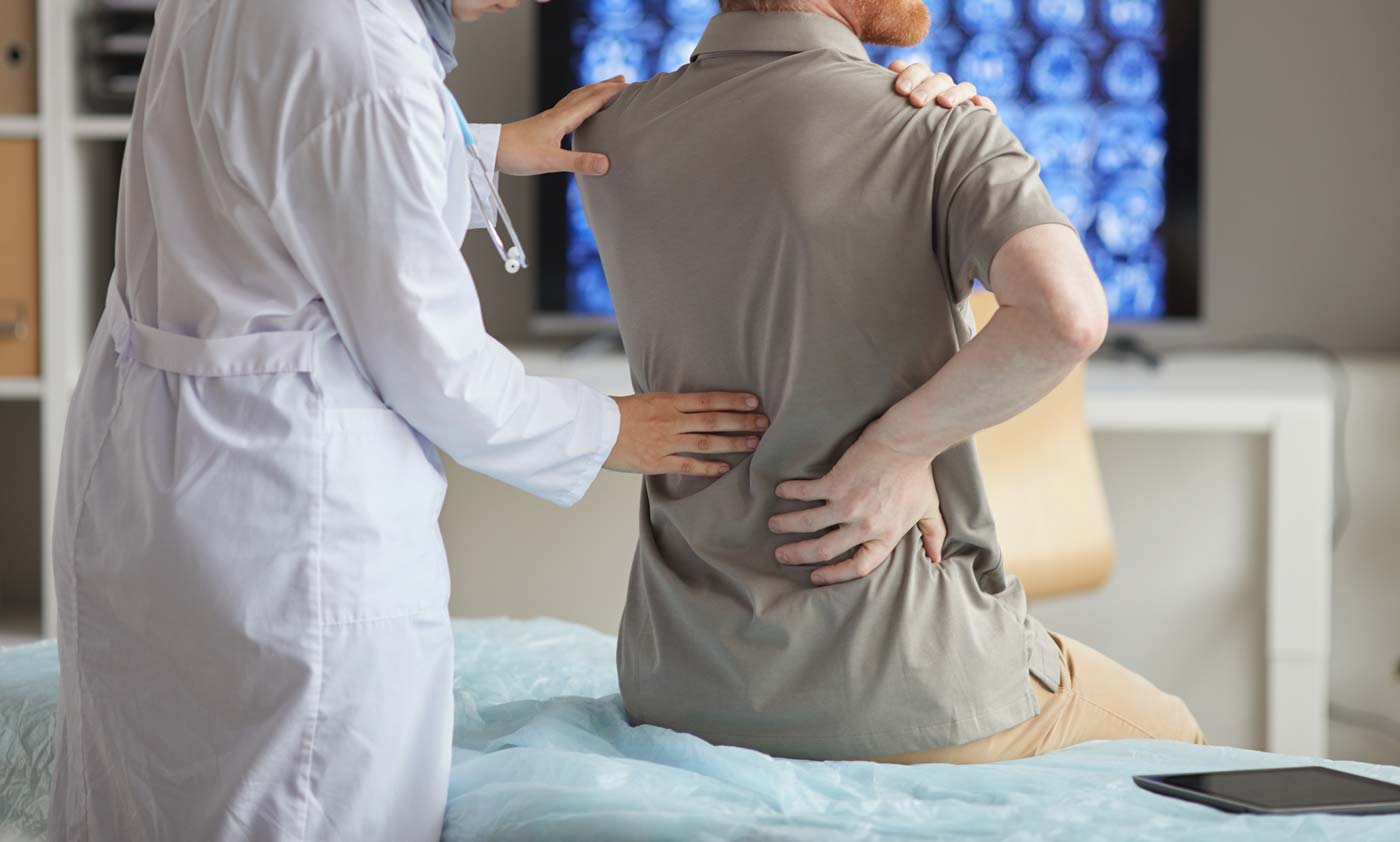 Do Osteoporosis and Back Pain Always Go Together?
Do Osteoporosis and Back Pain Always Go Together?
Osteoporosis is a common condition in which bone mass decreases, causing bones to weaken and become brittle. It develops when your body isn’t creating new bone as quickly as it’s losing old bone. It affects both men and women, usually over the age of 50. While osteoporosis and back pain don’t always go together, they can and sometimes do coexist.
In the early stages of osteoporosis, you usually have no symptoms at all. But when symptoms develop, they may include:
- A bone that breaks much more easily than expected
- A stooped posture
- The loss of height over time
- Back, knee or hip pain that may develop gradually or suddenly
For many people, an unexpected broken bone is the first sign of osteoporosis. Fractures can happen in any bone, but are most common in your wrists, hips and spine. When you have osteoporosis and back pain, it may mean that you’ve got a fractured or collapsed vertebrae. Your spine physicians at the Southeastern Spine Institute are experts at detecting osteoporosis early, and they can offer ways to mitigate its effects.
Can I Prevent Osteoporosis?
Spinal fractures can happen from minor falls and from everyday wear-and-tear on your body. Even minor hairline fractures can occur from actions like lifting, bending or twisting. The risk of developing osteoporosis increases as you get older, but it’s not an inevitable part of aging. You can take steps to help prevent osteoporosis or the development of fractures, including:
- Drinking alcohol only in moderation
- Avoiding smoking — and quitting if you already smoke
- Staying physically active and including strength training and weight-bearing exercises in your routine
- Maintaining an appropriate body weight
Good nutrition is an important part of keeping your bones healthy, as well. Your diet should include plenty of protein, calcium and vitamin D. Do whatever you can to keep your bones strong.
What Are Treatment Options for Osteoporosis and Back Pain?
To determine if you have osteoporosis, your spinal medicine doctor looks for changes in posture, loss of height and weight or changes in your gait. The treatment that’s recommended uses information from a bone density test to determine how likely it is that you may break a bone in the next 10 years. If you’re at risk of having a fracture, your doctor may prescribe medications to help slow down the process of bone loss, such as:
- Bisphosphonates
- Bone-building medications
- Hormone-related therapy
- Monoclonal antibody medications
If you’re not at high risk of developing a bone fracture, lifestyle changes — such as improved nutrition and increased exercise — are often recommended to keep your bones as strong as possible. Regular check-ups are vital so your doctor can continue to evaluate your bone health.
When Should I Get Treatment for Osteoporosis and Back Pain?
You should have any significant back pain diagnosed. But if you’re experiencing back pain, are concerned about any other back conditions, are over the age of 50, or have recently experienced a fracture, look no further than the Southeastern Spine Institute. The spine physicians at the Southeastern Spine Institute thoroughly evaluate your symptoms to determine if your osteoporosis and back pain are related.
You can trust the medical team to deliver an accurate diagnosis. Once the cause of your pain is identified, they’ll recommend the best course of treatment to help you feel better as soon as possible. Contact the Mt. Pleasant spine experts as soon as possible when you’re in pain for an evaluation.

 Do Osteoporosis and Back Pain Always Go Together?
Do Osteoporosis and Back Pain Always Go Together?